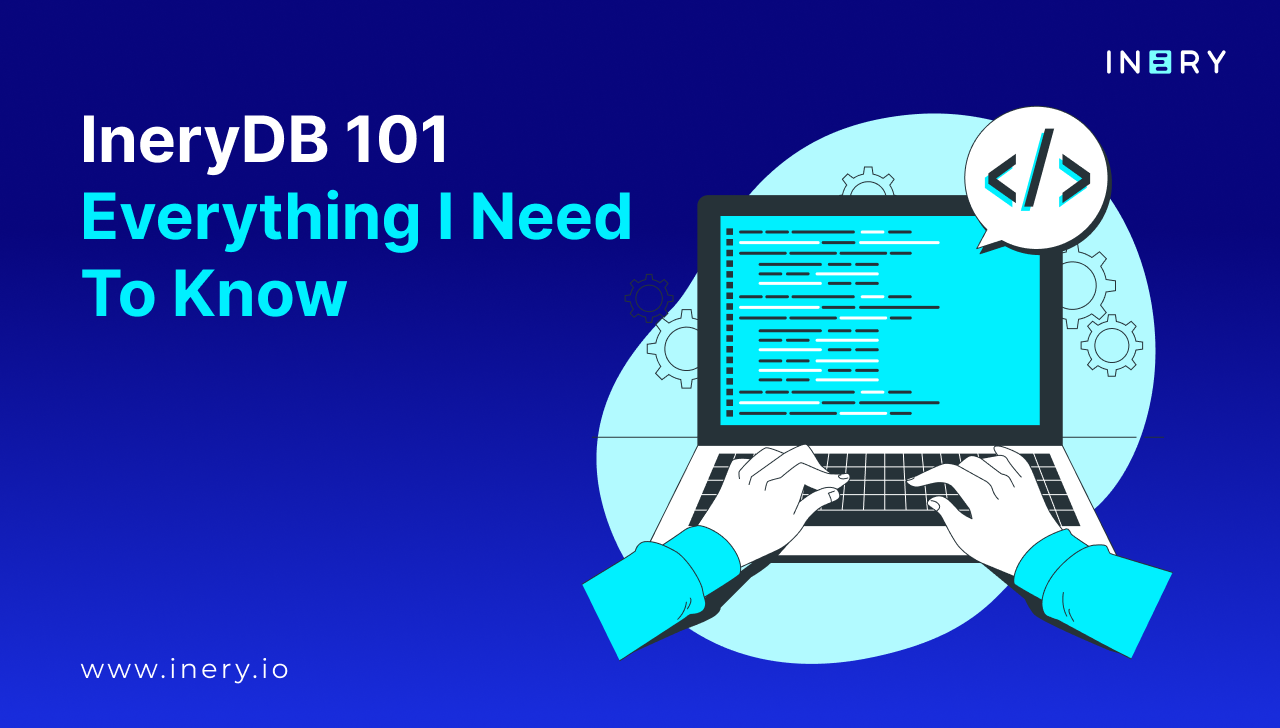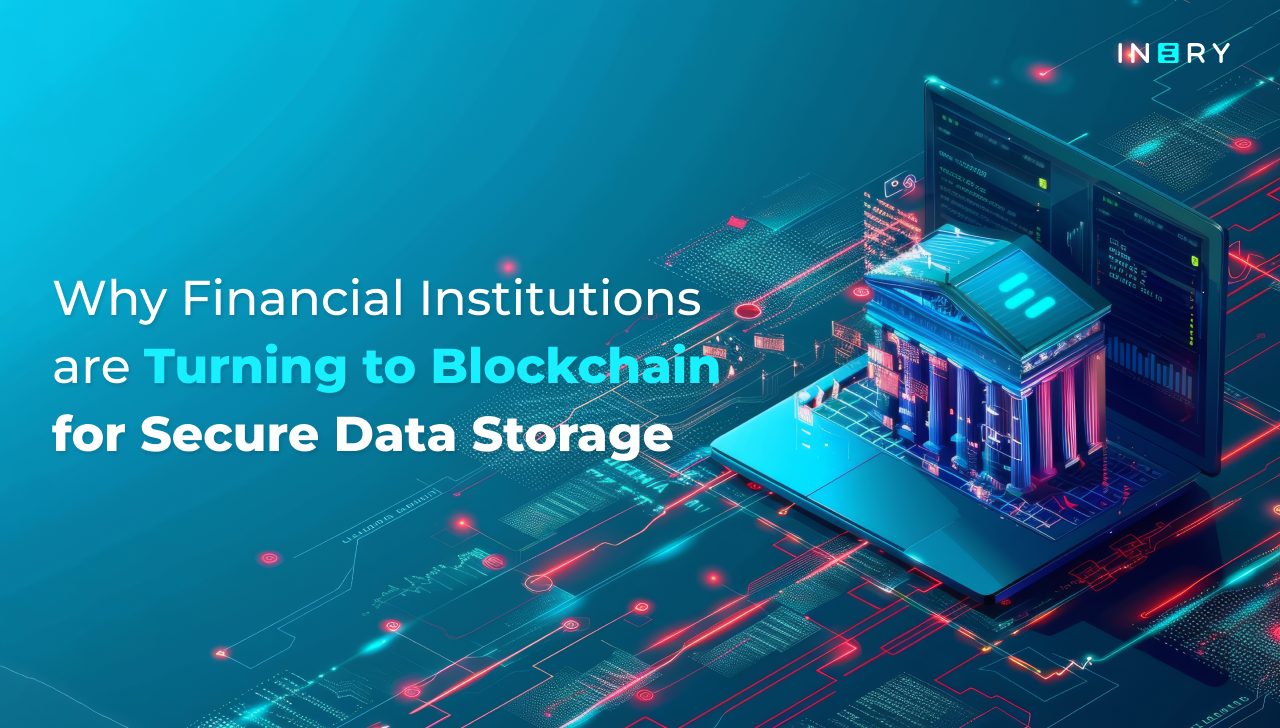When we talk about cultural heritage, we're referring to the essence of human history preserved through art, stories, architecture, customs, and traditions. This heritage is the legacy passed down from one generation to the next, shaping identity and offering insights into the lives of those who came before us.
It includes everything from the Great Pyramids of Egypt and the Mona Lisa to oral traditions, regional dances, and even ancient recipes. The value of cultural heritage lies not only in its preservation of history but in its ability to foster understanding, pride, and connection in communities worldwide.
However, today’s cultural heritage faces an uphill battle. Climate change, natural disasters, political instability, and rapid urbanization all threaten physical artifacts. Digitally, cultural heritage is just as vulnerable.
Archives and records stored online are exposed to the risks of cyber threats, data corruption, and system failures, putting entire collections of invaluable records at risk of being lost forever. As such, the need to protect digital archives has become as essential as preserving physical sites and artifacts.
In this blog, we’ll explore the significance of cultural heritage, examine why it’s increasingly at risk, and look at possible solutions, including how Inery’s decentralized approach can safeguard digital archives for the future.
What Is Cultural Heritage and Why Does It Matter?
Cultural heritage, in broad terms, is the sum of tangible and intangible items that society values and chooses to preserve. Tangible heritage includes buildings, monuments, artworks, manuscripts, and physical artifacts. Intangible heritage, on the other hand, encompasses oral traditions, languages, performing arts, and community practices. Together, they form the foundation of human civilization’s legacy.
Imagine a world without access to historical documents, architectural marvels, or artistic masterpieces. Such a world would lose much of its richness, context, and understanding. Cultural heritage provides perspective, illustrating how past societies thought, interacted, and solved problems. It offers us lessons, inspiration, and, quite simply, a sense of who we are.
For communities, cultural heritage is more than history; it’s a living part of their identity. Monuments and practices aren’t just remnants of the past; they are part of people’s everyday lives. Losing these would mean losing a sense of self, which is why preservation is so critical.
Why Is Cultural Heritage at Risk?
Over recent decades, the preservation of cultural heritage has faced mounting challenges, putting many physical artifacts in jeopardy. Environmental factors like climate change play a major role in this, as rising temperatures, acid rain, and sea-level rise damage ancient structures, degrade historical sites, and erode vulnerable materials. Venice, Italy, for instance, is sinking and often floods, placing its priceless architecture and artworks in constant danger.
Urban development adds to the problem. Expanding cities and new infrastructure projects sometimes lead to the demolition or alteration of historical sites, eroding access to tangible heritage and compromising their authenticity. Conflicts and political instability are also destructive forces. Wars and unrest often bring about the intentional or accidental destruction of cultural sites, as was seen with the ancient city of Palmyra in Syria, which suffered extensive damage during armed conflict.
Digitalization also introduces a new layer of vulnerability. As museums, libraries, and archives digitize collections of manuscripts, art, films, and folklore, this digital cultural heritage becomes vulnerable to cyber threats, accidental deletion, software obsolescence, and data degradation. While digital storage makes these archives widely accessible, it also exposes them to the risk of loss that could be permanent.
Without effective preservation methods, these invaluable artifacts and records risk disappearing, leaving a void in the cultural landscape and depriving future generations of crucial links to their history and identity.
The Issue of Preserving Digital Heritage
With the advent of digital technology, preserving cultural heritage has gained a new dimension. Organizations, governments, and communities are digitizing collections to protect against physical degradation and to make archives accessible to a global audience. However, while this shift to digital is beneficial, it introduces its own set of challenges:
Cybersecurity threats: Digital archives are prone to cyberattacks. Hackers or malicious software could compromise or erase collections, causing irreparable loss.
Data corruption: Digital files are not immune to wear and tear. Over time, data can become corrupted, rendering files unreadable.
Reliance on centralized storage: Centralized servers, where many archives are currently housed, present a single point of failure. If the server goes down, so does access to the digital heritage it holds.
Lack of interoperability: With multiple formats and systems in use, there’s a risk that future technology may not support today’s digital files. Think of floppy disks — at one time, they were cutting-edge; now, they’re virtually inaccessible.
Given these vulnerabilities, it’s clear that preserving digital cultural heritage requires solutions that can ensure data integrity, accessibility, and security.
Exploring Possible Solutions for Digital Cultural Heritage Preservation
Preserving digital archives requires a blend of advanced technology, sustainable strategies, and a long-term commitment to accessibility. Several methods are currently being used to tackle these challenges. Cloud storage, for instance, has gained popularity due to its flexibility and scalability. By storing data remotely, it allows access from virtually anywhere. However, cloud storage still relies on centralized data centers, which are vulnerable to data breaches and system failures, so while useful, this approach doesn’t fully address the risks of data corruption or cyber threats.
Backup and redundancy plans provide another layer of protection. By regularly backing up files and creating redundant storage options, organizations ensure that if one server or file is lost, other copies are available elsewhere. This method, while effective, can become complex and costly, especially as the volume of stored data grows.
Data encryption and cybersecurity measures are also vital. Encrypting files and enhancing security protocols can prevent unauthorized access and protect sensitive data. However, encryption alone doesn’t address issues like data degradation or the risks of relying on a single storage system.
Decentralized storage solutions, like Inery, offer a newer, more resilient approach to digital preservation. By distributing data across multiple nodes instead of relying on a single storage point, decentralized systems reduce the risk of single-point failures and unauthorized access. This setup spreads out storage responsibilities, providing a reliable and adaptable solution for long-term data preservation.
How Inery Can Help Protect Digital Cultural Heritage
One standout solution for protecting digital cultural archives is Inery, which offers a decentralized approach to database management tailored to ensure data security, availability, and accessibility.
What Does Inery Do?
Inery’s database solution decentralizes data storage, spreading it across a network rather than relying on a single central server. This distributed approach means that digital archives are stored across multiple locations, which significantly reduces the risk of a single point of failure. Here’s why this matters:
Enhanced security: Inery’s network setup reduces the chances of a successful cyberattack. Since there isn’t a central server to hack, it becomes much harder for attackers to access or corrupt the archives.
Data integrity and redundancy: Because digital archives are duplicated across multiple nodes, Inery’s solution maintains data integrity even if one node fails or is compromised. The redundancy ensures that archives remain intact and accessible.
Long-term accessibility: Inery’s system supports ongoing updates and upgrades without jeopardizing the stored data, meaning that cultural heritage can be preserved without worrying about future compatibility issues.
Imagine an archive of ancient manuscripts digitized for global study. Instead of being stored on a single server, Inery would break down and store portions of the data across multiple nodes. If one node encounters an issue, the other nodes maintain the archive, ensuring that access is not interrupted. This is particularly valuable for historical institutions, museums, and governments that are digitizing large volumes of cultural data.
Why Choose Inery for Cultural Heritage?
Unlike traditional storage options, Inery’s decentralized approach is well-suited for preserving large-scale digital archives. As digital archives grow, centralized systems may struggle with scalability and security. Inery’s decentralized structure naturally adapts to expansion, making it easier to scale digital heritage preservation efforts as needed.
Additionally, because Inery eliminates the dependency on central control, the risk of data loss due to political or organizational changes is minimized. For example, if one branch of a cultural organization loses funding or faces disruptions, the digital archives remain intact and accessible through Inery’s nodes elsewhere.
Building a Future of Secure Digital Archives
Preserving cultural heritage isn’t just about saving the past; it’s about ensuring that future generations have access to the history, stories, and identity that shape us. Whether it’s a centuries-old painting, an oral tradition, or a digitized manuscript collection, protecting these assets is essential to maintaining humanity’s legacy.
While traditional preservation methods continue to play an important role, the digital shift requires fresh solutions to address new vulnerabilities. Inery’s decentralized database management provides a compelling approach to securing digital archives, combining security, accessibility, and adaptability in a way that offers meaningful resilience to cultural heritage preservation.
As we move forward, solutions like Inery’s can empower us to safeguard our digital heritage effectively, helping ensure that the cultural treasures of today remain accessible for tomorrow. After all, our collective past is far too valuable to lose.

Inery•
3 years ago
Inery’s Peer-to-Peer Network
Inery’s blockchain network: All you need to know. ...READ MORE

Share

Inery•
8 hours ago
Building Tools That Think Ahead
A detailed look at predictive tools, their benefits, their challenges and why Inery emphasizes strong data foundations for long-term innovation. ...READ MORE

Share

Inery•
3 years ago
Inery Has A Testnet – Here's What It's All About
Here’s everything you need to know about Inery’s public testnet, its rewards and how to participate. ...READ MORE

Share

Inery•
1 year ago
IneryDB 101 - Everything I Need To Know
Whether you're a beginner or tech enthusiast, IneryDB awaits—unlock its full potential and stay informed about upcoming features for a seamless experience! ...READ MORE

Share
Most popular today



